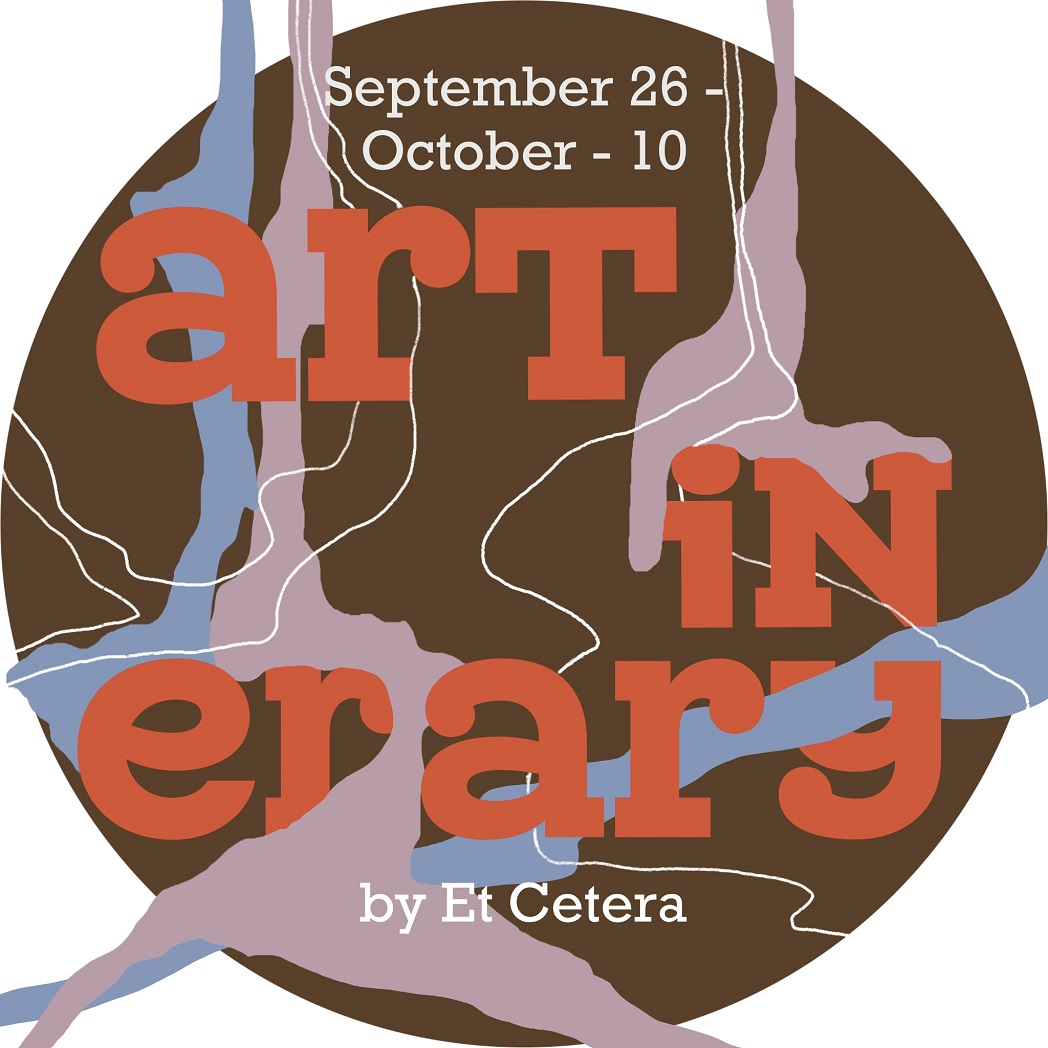
Have you had your “I look so exalted” selfie with Anahit’s head yet? No? Well, there is still plenty of time before the disembodied goddess leaves our shores next year to return to her place of honor among the mortuary of Greco-Roman fragments at the British Museum. And fear not, despite its lack of world-famous masterpieces, our local institutions and art spaces will continue to strive for more Instagram-worthy backdrops. But there might be the occasional show, or a lecture that may provoke you to momentarily forget your phone.
EXHIBITIONS
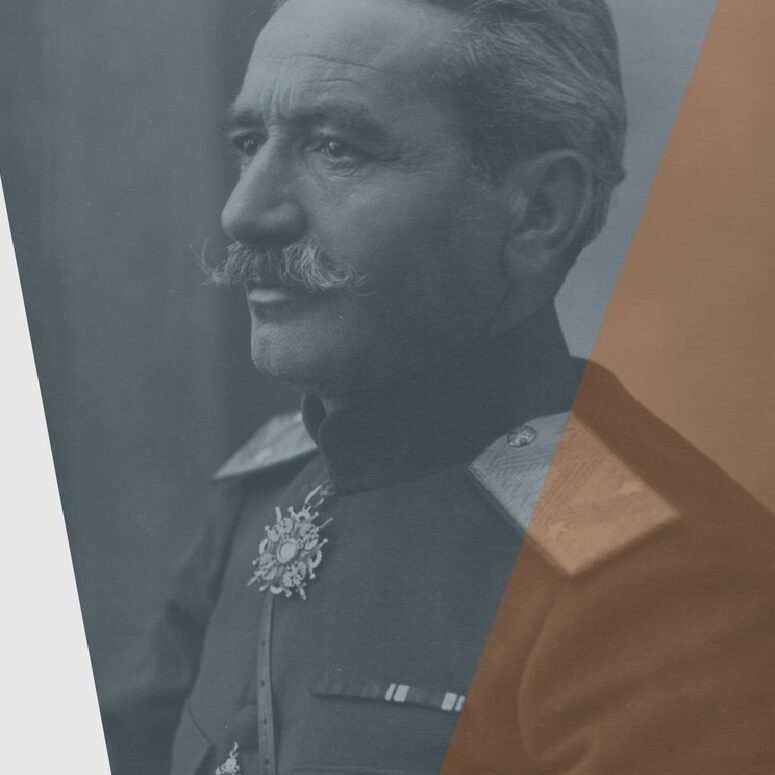
I am not really sure if the History Museum’s next exhibition is one of those. Bringing back relics and ceremoniously presenting them to the public like some kind of modern avarice, is a tactic that museums have engaged in since the late-18th century and continue to do so today. It’s an easy way to attract audiences and claim a space of relevance at a time when museums seem to be the only place where one can find anything truly authentic. That’s precisely what the History Museum appears to be banking on with its “Your Holy Name Will be Honored Forever” exhibition, opening on September 26. The exhibition title itself—one of the more unfortunate ones in recent memory—clearly states what is on offer to the public: a space of reverence, an encounter with the sacred and… eternity. So, in tandem with the Mother Goddess, there will be a display with the personal remnants of one of the “Fathers”—General Andranik, to be precise. There will be his “battle sword, a lock of hair, family photographs… and dozens of new relic-exhibits” donated to the Museum by the General’s heirs. There is something grandly allegorical about the nearly simultaneous opening of these two exhibitions. It would’ve looked overstated in other circumstances, but this September, a healthy dose of mythological reinforcement is what we all seem to need.
Exhibition:“Your Holy Name Will be Honored Forever”
Where: History Museum of Armenia
Republic Square, Yerevan
Dates: September 26, 2024-February 2, 2025
•
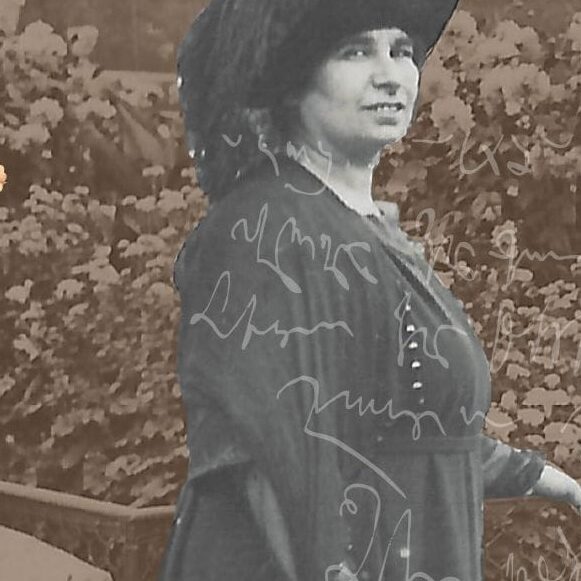
Another show that deals with relics, or rather archives, but in a considerably different way is “Parisian Encounters” at the Komitas Museum Institute. Dedicated to the life and work of a remarkable pianist, musicologist and singer Margarit Babayan, the exhibition reveals the focal role of women in the Armenian intellectual circles of Paris at the turn of the 20th century. Babayan has been primarily remembered in our times as a close friend and supporter of Komitas Vardapet, a position that has overshadowed her other, considerable contributions to Armenian culture. The exhibition brings this fascinating woman out of those shadows, highlighting her significant efforts in promoting modern and traditional Armenian music in Europe through public performances, writing and education. Babayan was also instrumental in championing Komitas’s work in Europe, helping to organize his hospital care in France in later years and ardently preserving the composer’s legacy. This is the kind of straightforward historiographic exhibition that helps to expand our understanding of the ways that 20th century Armenian culture developed and shows one of the many currently neglected figures who were responsible for this process and deserve to be rediscovered. It is a task that the curator, Marine Haroyan has been quietly fulfilling with a series of judiciously researched and beautifully presented exhibitions at the Komitas Institute, and this one promises to be among her most fascinating endeavors in that regard.
Exhibition: “Parisian Encounters”
Where: Komitas Museum-Institute
28 Arshakunyats Ave., Yerevan
Dates: September 26, 2024-January 30, 2025
•
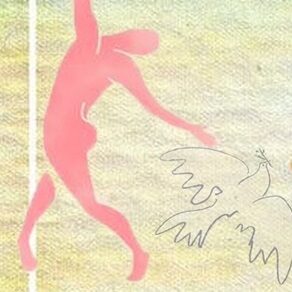
Women artists—contemporary ones this time—get further focus at a group exhibition held in NPAK. Called ‘Women, Peace, Art’ (what’s up with these parochial titles?), the show brings together eight female artists who will exhibit works in different mediums which, it is safe to presume, will be reinforcing the tattered archetypes of women as life force and epitomes of beauty. The names of the participants are not widely known, and this will be a good occasion to discover some fresh female voices, if nothing else. However, somebody should have told the organizers that putting references to the two most prominent patriarchs of 20th century art (Matisse and Picasso) on the poster, does not bode well for an exhibition of female-centric art. And besides, in 2024, one would think that there was no longer any need to segregate women into gender-specific contemporary art shows. But clearly, as a society we’re still sadly beholden to the idea of women artists as a cultural exception, rather than as a norm.
Exhibition: “Women․ Peace․ Art”
Where: NPAK
1/3 Buzand St., Yerevan
Dates: September 26, 7 p.m.
•

Traditionally, women artists have frequently been drawn to the spheres of graphic arts and illustration, both fields providing rare opportunities for professional development and visibility when the other, “grander” mediums of painting and sculpture were overarchingly dominated by men. Russian artist Anna Cherkasova has also used ink and paper as her primary medium to depict everyday urban environments as a way to both capture and represent the slippery notion of place. After leaving Russia following the 2022 war, Anna spent some months in Yerevan, where she started drawing the city’s less picturesque corners—Soviet high rises, backyards and “sleeping regions”. Her gaze is both anthropological—deftly capturing how human contact transforms the architectural space—and full of endearing longing for connection and engagement. Though usually lacking human figures, her watercolors of buildings appear lived in and full of life, almost like collective portraits of the community that the artist encounters on her travels. They also look delicate and fragile, despite their often monumental forms, which one can’t help but interpret as Cherkasova’s response to the destructive force of war. It’s a quaint, but fascinating view of Yerevan from an outside perspective, which will be shown at the artist’s solo show at Epigraph bookstore on September 28.
Exhibition: “Solo Exhibition”, Anna Cherkasova
Where: Epigraph Bookstore
43 Mashtots Ave., Yerevan
Dates: September 28, 6 p.m.
•
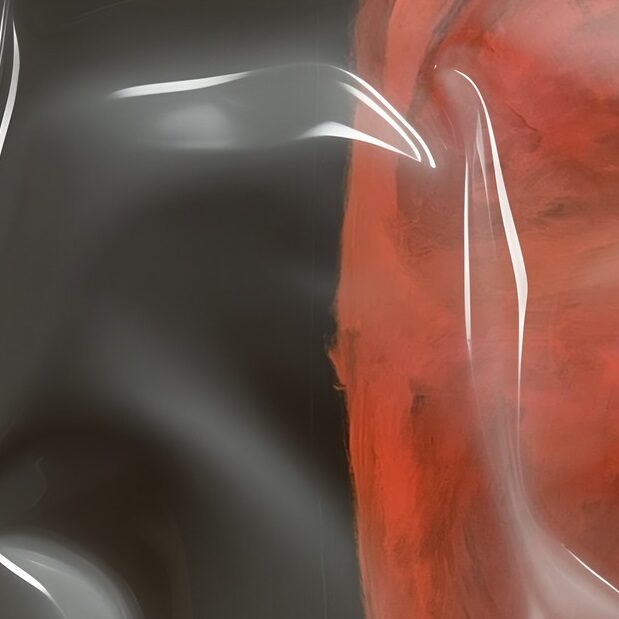
Figurative art, in general, is a tricky thing these days. It seems that any kind of new stylistic interpretation after abstraction and conceptual art must inevitably be a derivative echo of past tropes. It’s that rare painter or sculptor like Marlene Dumas, Lucian Freud or our very own Hagop Hagopian, who have managed to find an entirely unique lens for visualizing reality in a realist manner. But in Armenia, generation after generation of young artists are still drawn to depict the world through its recognizable forms, often soldiering on as if they were discovering expressionism or fauvism for the first time. The first solo show by young painter Khachik Yeghikyan at Latitude Art Space presents a similar kind of struggle with the artist swinging wildly between darkly misanthropic industrial composition, or portraits reminiscent of 1950s French miserabilism, eccentrically messy, symbolic abstractions and elements of conceptual word art that appear like casual intruders from another opera altogether. As the title of the show “The Whole” indicates, Yeghikyan is something of a maximalist, working and thinking in multiple directions at once without having quite figured out what the objectives of his art practice are. Hopefully, he will have that resolved soon, because his boldly painted, monochromatic figurative compositions actually show a gifted artist with an idiosyncratic sensibility waiting to bloom.
Exhibition: “The Whole”, Khachik Yeghikyan
Where: Latitude Art Space
7 Ashtarak Highway, Yerevan
Dates: September 21-October 5
•
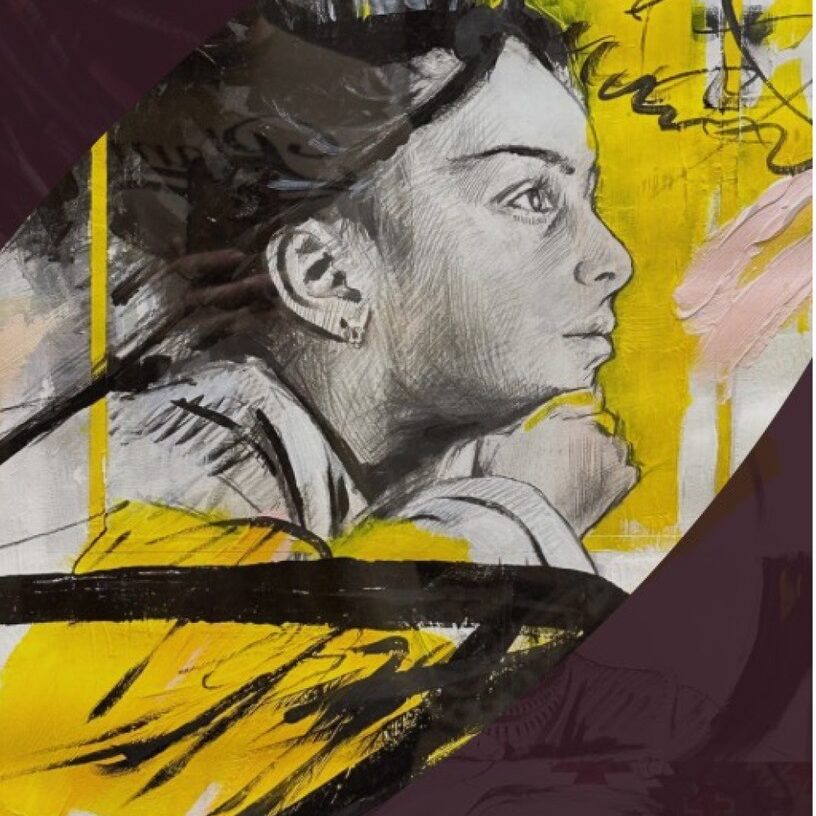
One other young artist who uses the figurative idiom is Gyumri-based Hrach Saribekyan, making his solo debut at the Gyumri branch of the Academy of Fine Arts with “Sharzhum” (Movement) exhibition. Inspired by pop art and graffiti, Saribekyan has presented a series of hyper-realistic portraits of friends and colleagues enveloped in weird clouds of calligraphic marks and blobs of abstract color. These flourishes are meant to “illustrate” the identities of each of the sitters (the artist Arman Grigoryan, for example, is depicted with the multiple blocks of pure color, which he always uses in his art). And that’s really where these portraits belong—as attractive, tongue-in-cheek magazine illustrations.
Exhibition: “Movement”, Hrach Sahakyan
Where: Academy of Fine Arts, Gyumri Branch
Independence Square, Gyumri
Dates: Open from September 23
•
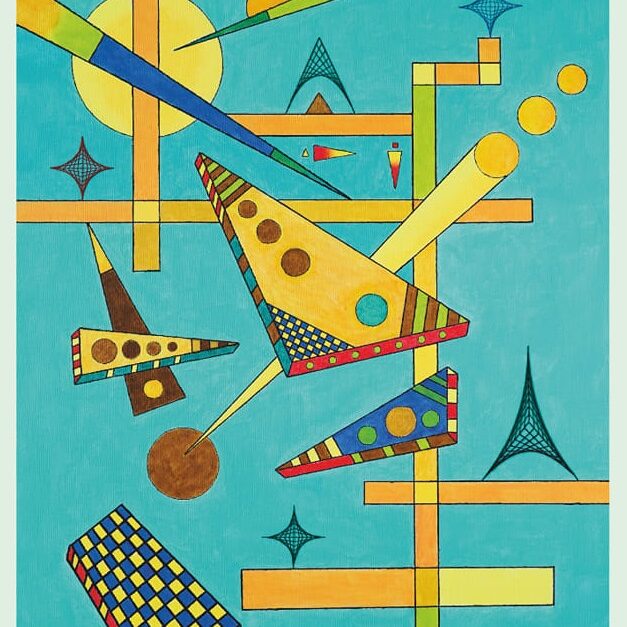
The air is thick with movement. In Zakar Zohrabyan’s exhibition, that movement is “Geometric”. Various angled forms floating in metaphysical space reminiscent of a constructivist city, reimagined by the surrealists. It’s a funky, strangely appealing vision that finds unexpected order and patterns within a seeming chaos. The more one looks, the more recognizable these clashing shapes become as a fragmentary diagram of our present times.
Exhibition: “Geometric Movements”, Zakar Zohrabyan
Where: Union of Artists of Armenia
16 Abovyan St., Yerevan
Dates: September 25-30
•
FESTIVALS

And if watercolor is your thing (a notoriously difficult medium to master), then make sure you take a trip to Gyumri to visit the first international festival of watercolorists in the region, which will be held from September 28-29. Including works by 14 artists from 13 different countries, the festival will present artists who are working in the traditional, figurative spectrum of the arts, so there is a strong emphasis here on technical prowess. So while much of this is of largely decorative, pictorial interest it will be a nice backdrop for an outing with children, who can also take part in one of the many workshops organized in the frameworks of the festival.
Festival: “International Festival of Watercolorists”
Where: Abovyan St.,
Gyumri
Dates: September 28, 10 a.m.-September 29, 8 p.m.
•
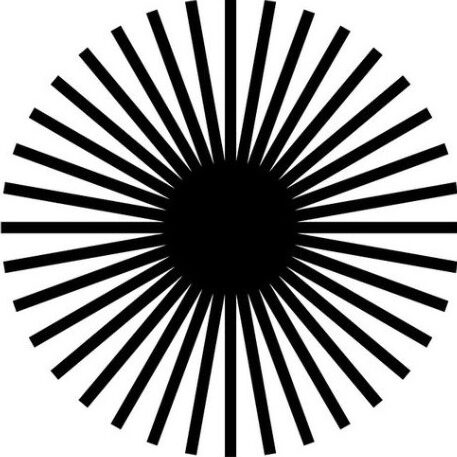
If you’ve had an overdose of visuality in contemporary art, there is a good occasion to switch gears and explore the aural realm. No, not music per se, but sound art. The medium first appeared back in the 1920s and flourished in the 1960s-1970s as one of the more radical expressions of contemporary art. Though it’s not alien to our local scene, sound art has always been a very niche field of activity in Armenia. That might just change with the launch of NOPA, the first sound art festival held in Yerevan. Organized by the Berlin-based curator and artist Varoujan Chetirian, NOPA will take place at five different locations around the city, giving audiences the opportunity to experience a diversity of sound experiments that might just transform your idea of what art and music can be. Certainly one of the more exciting occasions on the calendar, so make sure you don’t miss it.
Festival: “NOPA. Festival For Sonic Arts”
Where: HayArt Center
7a Mashtots Ave., Yerevan
Dates: October 4-13
•
LECTURES
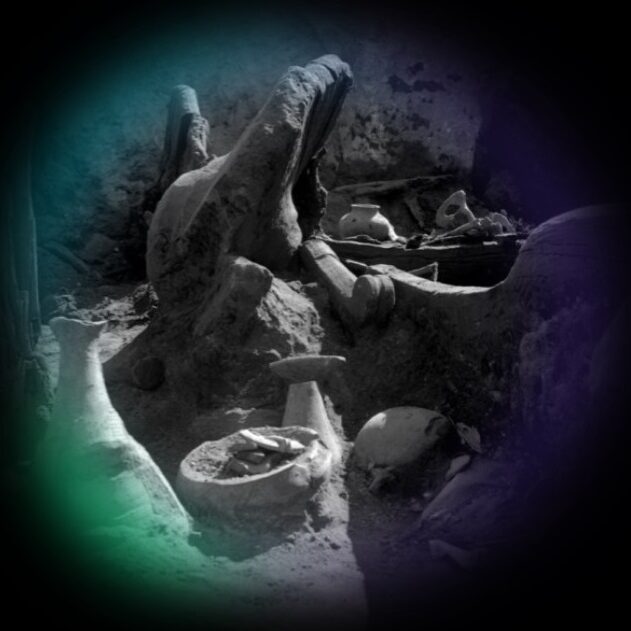
Briefly on lectures and book presentations happening in the next two weeks. Archaeology is a hot topic at the moment. With excavations going on all around the country and some truly amazing discoveries being made in recent years, public interest has been at its peak, especially when it comes to the prehistoric period of our region. Archaeologist Bennik Vardanyan is one of the more notable young Bronze-Age specialists in Armenia and an expert on the famous settlement of Ltchashen. On September 27, he will be giving a talk on the ancient transportation means of the Kur-Araks culture, so if you ever wanted to know the origins of the Armenian obsession with cars and public transport, then this lecture might just have some salient answers for you.
Lecture: “Ancient Transportation Means of the Kur-Araks Culture”, Bennik Vardanyan
Where: Institute of Archaeology & Ethnography
15 Charents St., Yerevan
Dates: September 27, 4 p.m.
•

Two new books will be launched in the coming days presenting fascinating sociological research on topics that are in desperate need for close and sustained analysis. Heinrich Böll Foundation will showcase its latest collective edition called Masculinities in the South Caucasus, which features contributions from 16 Armenian, Georgian and Azerbaijani scholars discussing the various constructions and manifestations of masculinities in the region and what they signify in socio-cultural terms. Perhaps some of those essays could throw light on why toxic masculinity continues to be so prevalent in the region, and why it is undergoing such a profound crisis today.
Book Presentation & Discussion: “Masculinities in the South Caucasus: Forms, Hierarchies, and Challenges”, Heinrich Boell Foundation
Where: Online
Dates: September 30, 7 p.m. Yerevan time
•
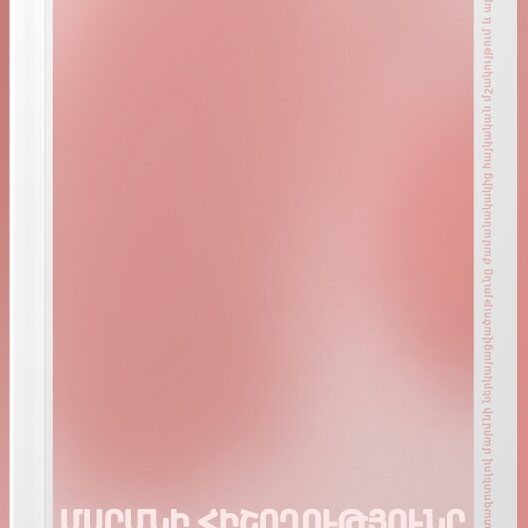
Following a similar vein, the wonderful folks at the Cultural & Social Narratives Laboratory have put together a research project that looks at the “Memory of the Body”. Specifically, the contributors question and reflect on why Armenian culture has such a deep-set issue with the body, its representation and (multifaceted) significations in our collective memory. Looking at the issue through the optics of visual art, the book identifies not only the omnipresent circumscription of the body as an object of social control, but also exhumes alternative narratives and representations that are roundly suppressed by mainstream culture. A tiny step toward an actual sexual revolution in Armenia? Cheers to that.
Book Presentation: “Memory of the body: Analysing the representation of the body in contemporary Armenian culture and art”, CSN Lab
Where: Small Theater
11 Abovyan St., Yerevan
Dates: September 29, 7 p.m.
•
SCREENINGS
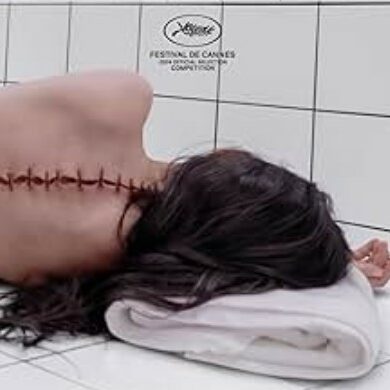
The only new release at the local cinemas currently worthy of not only the ticket price, but also a heated post-screening debate over vast amounts of alcohol is renegade French director Coralie Fargeat’s absolutely bonkers body-horror symphony “Substance”. The French, unlike us, Armenians, have no issues talking about and showing the body, and Fregat has gone full throttle here by putting through one of the most famous bodies of the past decades (Demi Moore) through a hard-core feminist grinder, churning out a blistering, blood-soaked denunciation of patriarchy’s twistedly destructive impact on women’s self-perception. And even if the local distributors have decided that it’s a good idea to screen a Cannes’ award-winning auteur film only on one afternoon session and dubbed in Russian, it’s a brilliantly disturbing cinematic experience that should take place only in front of the big screen.
Screening: “Substance”, Coralie Fargeat
Where: Kinopark Movie Theater
Yerevan Mall, Yerevan
Dates: From September 23
*In Russian

